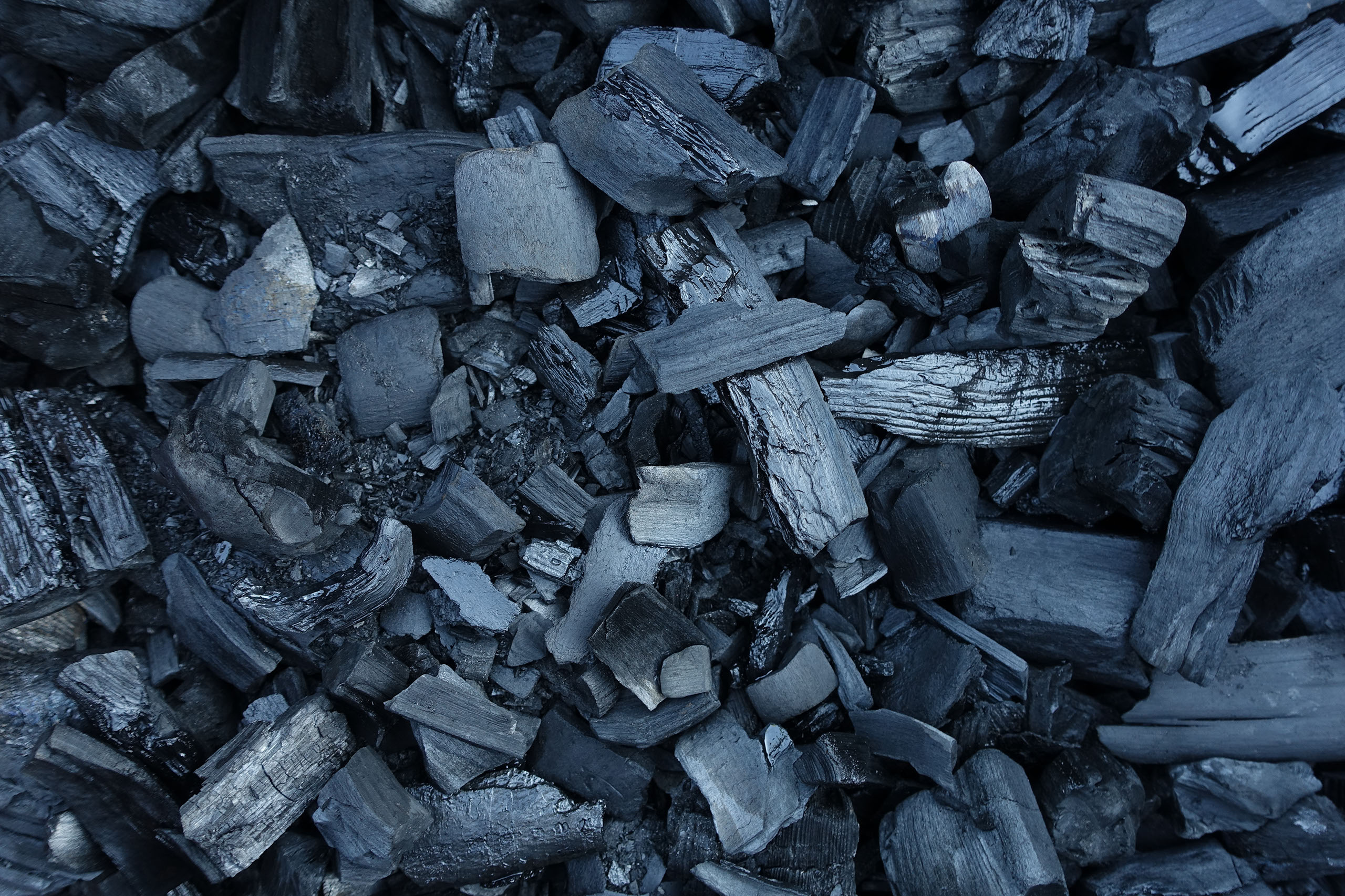Energy supply resulting from the production of steam and heat and its usage in treatment plants. The technical possibilities to make a treatment plant energy self-sufficient. Each waste water treatment plant produces sewage sludge with a high amount of carbon.
Today, depending on local conditions, this sewage sludge is disposed in the agricultural sector, in landfills or in incineration plants. All these options are very expensive. The possibilities to generate energy from sewage sludge are very limited. Nowadays, only sewage sludge digestion with gas production, electricity and heat generation is used for this purpose.
HTC is the better option for the processing of sewage sludge.
For successful results with HTC, the best way is to remove the sewage sludge from the treatment plant as early as possible, directly after the polymerization stage (static or mechanical). Consequently, the largest proportion of carbon then remains in the sewage sludge.
In the carbonization process, the sewage sludge is heated to under 300°C and kept at that temperature for approx. 3 hours. The resulting Bio-Coal is then cooled in a heat exchanger, dewatered to approx. 60 % to 70 % dry matter in a chamber filter press and, if necessary, dried further and processed through a pelletizer.
This Bio-Coal can be fed into a boiler system with a steam generator and a steam turbine or into a Bio-Coal gasification within an in-line CHP. The electricity and the heat can be used for the treatment plant.
As the amount of carbon in the sewage sludge does not meet the entire demand for the power of the treatment plant, other sewage sludge from neighboring treatment plants or green waste can also be used to make up for the shortfall. Organic household waste or fermentation residues from surrounding biogas plants can be carbonized as well.
This could make a wastewater treatment plant independent of external cost factors, such as the disposal cost of sewage sludge, as well as the cost for electricity and heat.








